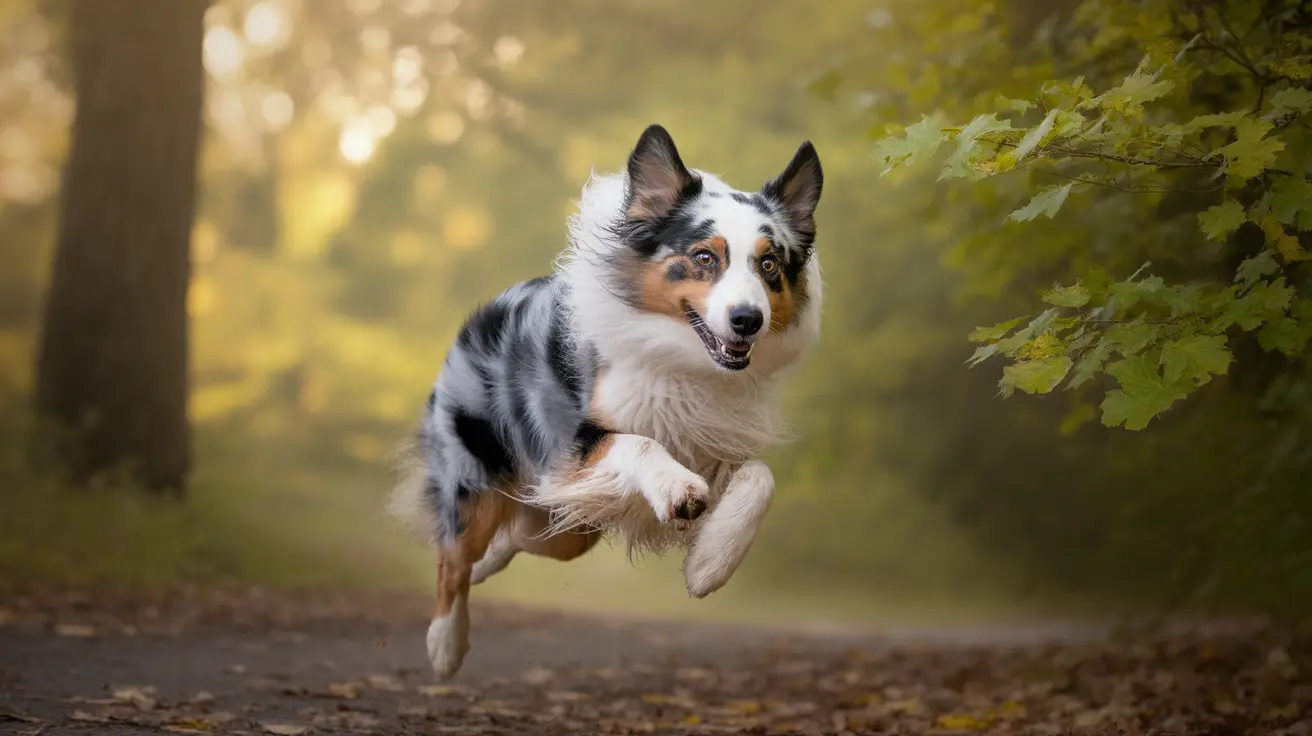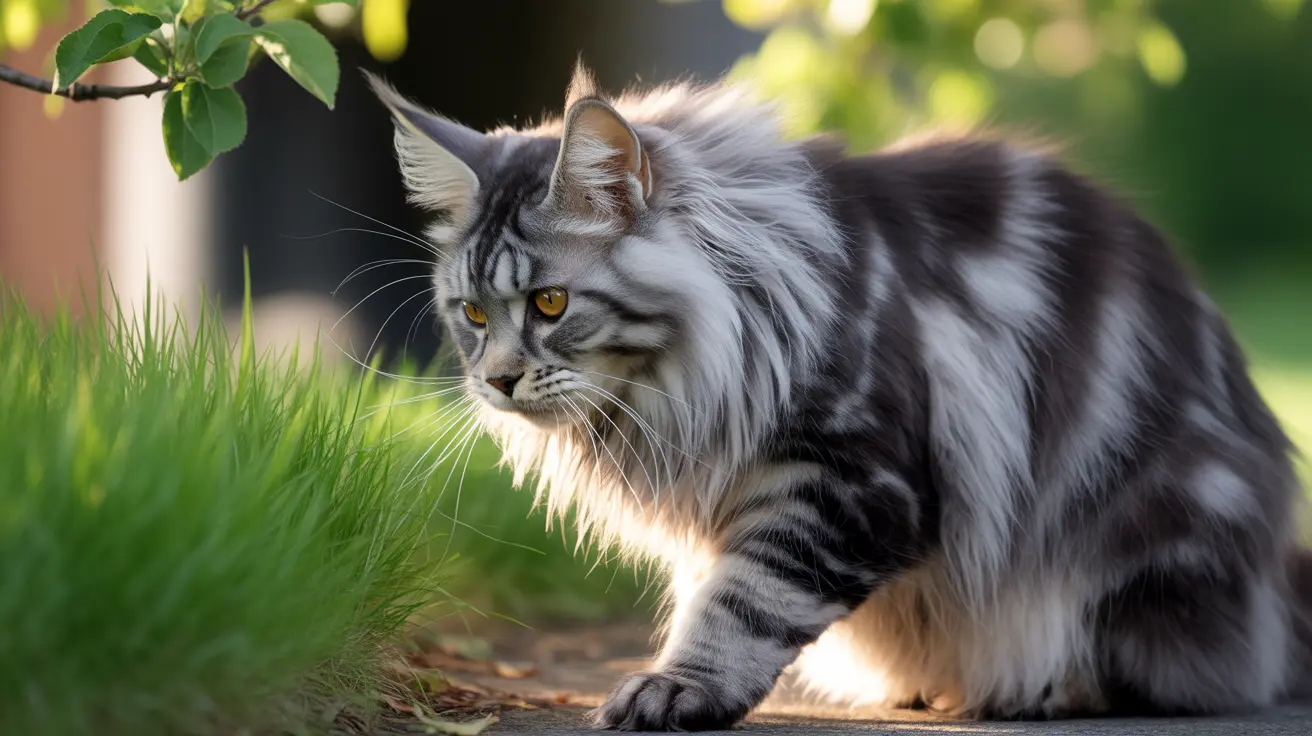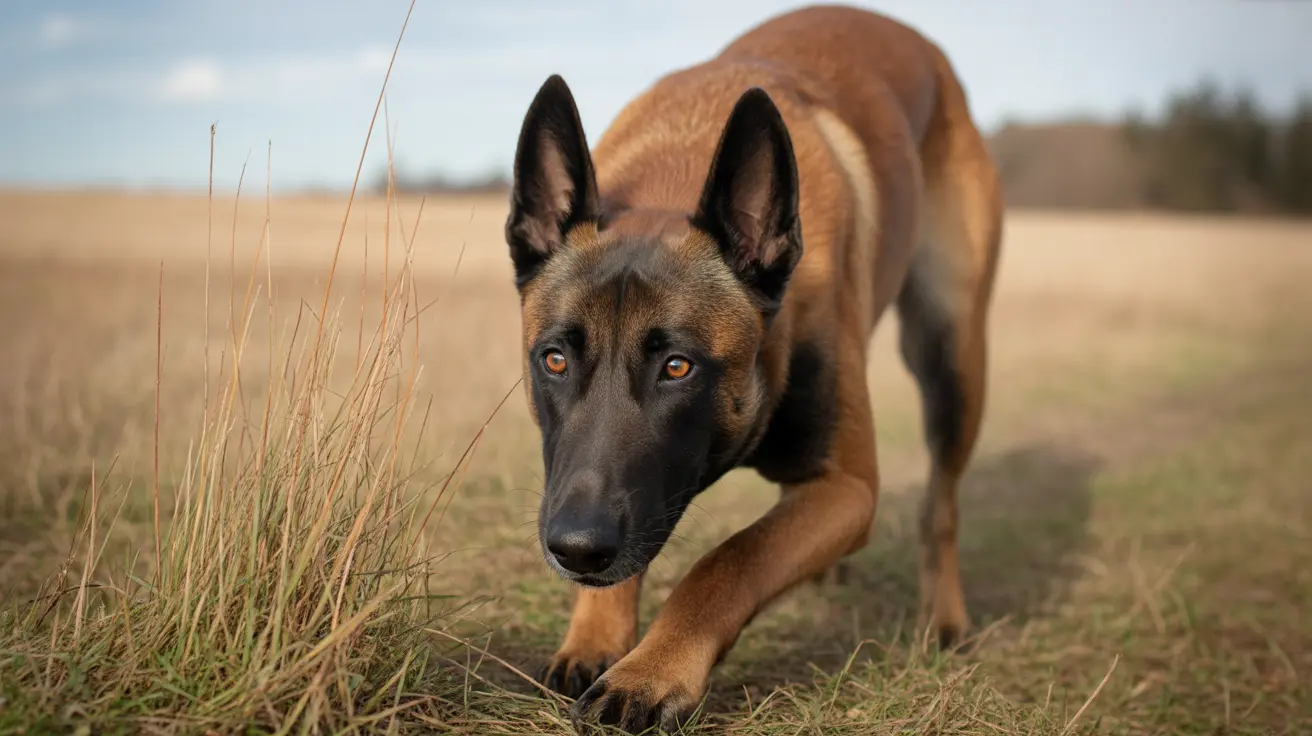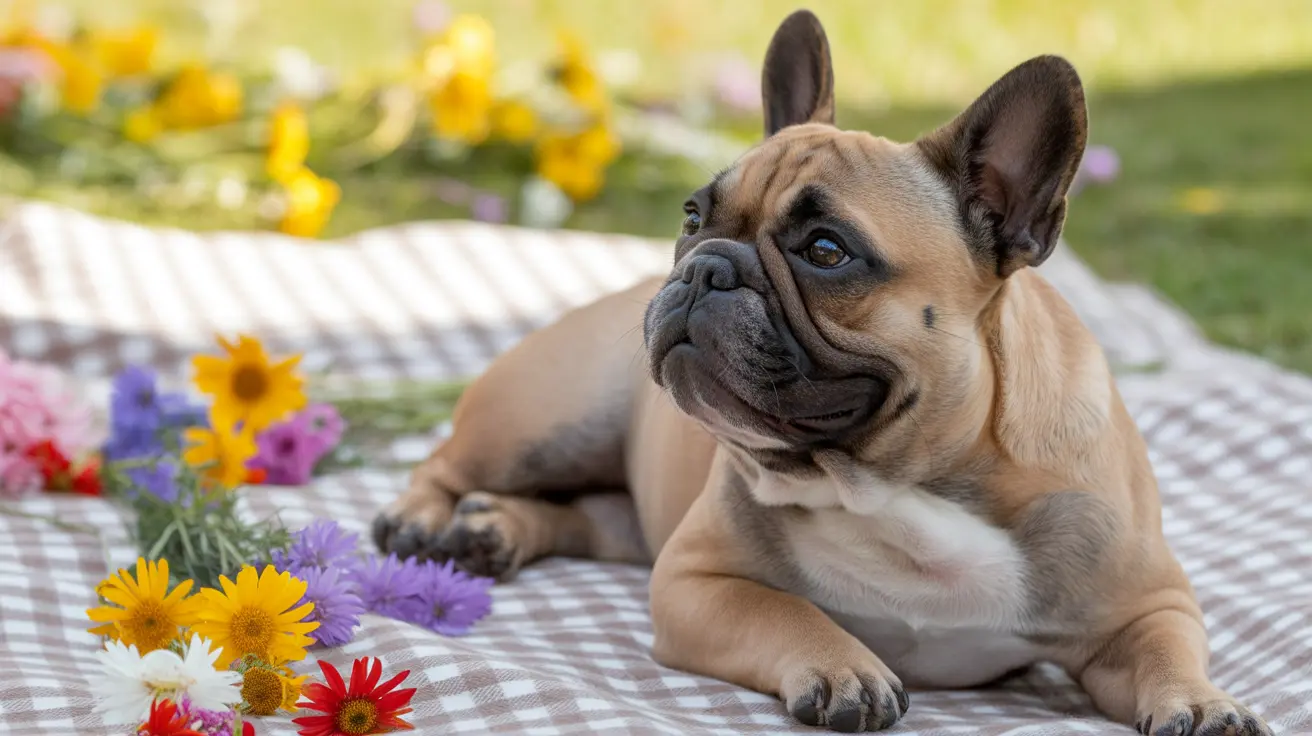On-the-Go Games for Dogs During Walks: Transform Your Daily Routine Into an Adventure
Your daily dog walk doesn't have to be a mundane trek around the block. With the right on-the-go games for dogs during walks, you can transform routine exercise into an engaging adventure that stimulates your furry friend's mind while strengthening your bond. Whether you're dealing with a high-energy pup who needs extra mental stimulation or simply want to make your walks more enjoyable, incorporating interactive games and exercises can make all the difference in your dog's overall well-being and behavior.
The beauty of walk-based games lies in their simplicity and accessibility. You don't need expensive equipment or specialized training facilities – just creativity and the natural environment around you. From scent-based treasure hunts to agility challenges using park benches and trees, these activities tap into your dog's natural instincts while providing the physical and mental exercise they crave. Let's explore how you can turn every walk into an opportunity for learning, bonding, and fun.
Physical Exercise Games Using Natural Obstacles
One of the most effective ways to enhance your dog's walk is by incorporating the natural environment as an obstacle course. Trees, park benches, small hills, and even curbs can become valuable training tools for physical exercise and coordination development.
Slalom running around trees is an excellent way to improve your dog's agility and focus. Start by walking your dog in a zigzag pattern around trees, encouraging them to follow your lead. As they become more comfortable, you can increase the pace or create more complex patterns. This exercise not only provides physical stimulation but also reinforces your dog's attention to your movements and commands.
Small hills and elevated areas present perfect opportunities for jumping and balancing exercises. Encourage your dog to hop onto low walls, large rocks, or small mounds of earth. These natural obstacles help build strength and confidence while making the walk more physically challenging. Always ensure the surfaces are safe and appropriate for your dog's size and physical abilities.
Balancing on logs, low walls, or wide curbs can significantly improve your dog's proprioception and core strength. Start with wider, lower surfaces and gradually progress to more challenging obstacles as your dog's confidence grows. This type of exercise is particularly beneficial for older dogs as it helps maintain joint mobility and muscle strength.
Scent-Based Games and Search Activities
Dogs possess an extraordinary sense of smell that's vastly superior to humans, making scent-based games perfect for walk enrichment. These activities tap into your dog's natural hunting instincts while providing intense mental stimulation that can be more tiring than physical exercise alone.
The "stroll and sniff" technique involves dropping treats along your walking route for your dog to discover. Start by dropping treats in obvious locations, then gradually hide them in more challenging spots like under leaves or behind trees. This game encourages your dog to use their nose actively and keeps them engaged throughout the entire walk.
Creating treat trails is another excellent scent-based activity. Lay a trail of small treats leading to a larger reward at the end. This game teaches patience and persistence while providing a clear goal for your dog to work toward. You can make the trail more complex by creating curves, loops, or even splitting paths that eventually lead to the same destination.
The "find it" command becomes incredibly versatile during walks. Hide your dog's favorite toy or a high-value treat while they're in a "stay" position, then release them to search. Start with easy hiding spots and gradually increase the difficulty. This game reinforces obedience commands while providing mental stimulation through problem-solving.
Integrating Fetch Games Into Your Walk Routine
Fetch is one of the most beloved dog games, and it can be seamlessly integrated into your walking routine to provide both physical exercise and training opportunities. The key is using fetch strategically to manage your dog's energy levels and reinforce important commands.
Modified fetch during walks involves throwing a ball or toy short distances ahead of your walking route rather than in a separate play session. This keeps the momentum of your walk while providing bursts of intense activity. It's particularly effective for dogs with high prey drives, as it gives them an appropriate outlet for their chasing instincts.
Teaching your dog to retrieve and return items on command during walks serves multiple purposes. It reinforces recall training, provides mental stimulation through the decision-making process, and can even be practical for picking up dropped items. Start with familiar toys and gradually introduce different objects to expand your dog's retrieval vocabulary.
Controlled fetch games also help with impulse control. Practice having your dog wait for the throw command, stay until released to retrieve, and return the item directly to you. These exercises build discipline and focus while satisfying your dog's natural desire to chase and catch.
Incorporating Obedience Training On-the-Go
Daily walks provide excellent opportunities to practice and reinforce basic obedience commands in real-world environments with various distractions. This type of training is often more effective than practicing in the controlled environment of your home because it teaches your dog to respond to commands regardless of external stimuli.
The "stop and go" game is particularly valuable for improving recall and impulse control. Have your dog come toward you, then command them to stop and stay before reaching you. This exercise teaches your dog to listen even when excited and moving, which is crucial for off-leash safety.
Practice recall commands throughout your walk by calling your dog from various distances and situations. Start close and gradually increase the distance as their response improves. Always reward successful recalls with treats and praise to maintain positive associations with coming when called.
Incorporating sit, stay, and down commands at different locations during your walk – such as before crossing streets, at park entrances, or when encountering other dogs – helps generalize these behaviors beyond your home environment. This real-world practice makes commands more reliable when you truly need them.
Advanced Mental Stimulation Games
Hide and seek isn't just for children – it's an excellent game for building your dog's problem-solving abilities and strengthening your bond. During walks, you can hide behind trees, benches, or other large objects while your dog is momentarily distracted, then call them to find you. This game enhances their focus on you and provides mental stimulation through the searching process.
The name game can be adapted for walks by bringing multiple toys and teaching your dog to retrieve specific items by name. Start with two distinctly different toys and gradually add more as your dog masters the concept. This game builds vocabulary recognition and memory while providing mental exercise.
Teaching scent discrimination during walks involves having your dog identify and follow specific scents. You can start by rubbing a treat on your hands and having them follow that scent trail, then progress to more complex scent differentiation games using different objects or locations.
Tailoring Games to Your Dog's Individual Needs
Not all dogs are created equal, and the most successful on-the-go games are those adapted to your dog's specific age, breed, and physical capabilities. Understanding these individual factors ensures both safety and maximum enjoyment for your furry companion.
Puppies require shorter, more frequent game sessions with simpler challenges. Focus on basic commands and easy scent games that build confidence without overwhelming their developing minds. Older dogs benefit from low-impact activities like gentle obstacle navigation and scent work that provide mental stimulation without stressing aging joints.
High-energy breeds like Border Collies and Australian Shepherds thrive on complex problem-solving games and multi-step challenges, while more laid-back breeds might prefer simpler scent games and moderate physical challenges. Working breeds often excel at games that mimic their original purposes, such as retrieving or herding-style activities.
Dogs with physical limitations can still enjoy modified versions of walk games. Swimming breeds might enjoy water-based activities when available, while dogs with joint issues can focus more on mental stimulation games that don't require extensive physical movement.
Essential Equipment and Safety Considerations
The beauty of on-the-go games lies in their minimal equipment requirements, but having a few key items can enhance the experience significantly. High-value treats that are small and easy to carry are essential for reward-based games. Choose treats that won't crumble in your pocket and are irresistible to your dog.
A favorite toy or two that travel well can provide familiar comfort and motivation during new games. Tennis balls are versatile for fetch and rolling games, while rope toys work well for tug games when you need a brief energy outlet during walks.
Safety should always be your top priority when incorporating games into walks. Always assess environmental hazards like traffic, other dogs, and unstable surfaces before beginning any game. Carry fresh water for hydration, especially during warmer weather or extended play sessions.
Be mindful of your dog's energy levels and watch for signs of overexertion such as excessive panting, lagging behind, or loss of focus. Games should enhance your walk, not exhaust your dog to the point where they can't safely complete the journey home.
Seasonal Adaptations and Weather Considerations
Successful on-the-go gaming requires adapting your activities to seasonal conditions and weather challenges. Each season presents unique opportunities and obstacles that can be turned into engaging experiences with proper planning.
Summer walks benefit from water-based games when possible, such as retrieving toys from shallow streams or playing in dog-friendly fountains. Focus on shaded areas for extended play and always carry extra water. Shorter, more frequent game sessions prevent overheating while maintaining engagement.
Winter conditions can make some physical games challenging, but they're perfect for scent work as snow can hide treats and toys in new ways. Frozen ground may require adjusting jumping and agility exercises, but tracking games through snow provide excellent mental stimulation.
Rainy weather calls for creativity in covered areas like pavilions or under large trees. Focus on obedience training and calm mental stimulation games that don't require extensive movement or equipment that could be damaged by moisture.
Building Progressive Challenge Levels
The most effective on-the-go games evolve with your dog's growing skills and confidence. Starting simple and gradually increasing complexity ensures continued engagement while building competence and self-assurance.
Begin new games with obvious solutions and generous rewards, then gradually introduce more challenging elements as your dog masters the basics. For scent games, start with highly aromatic treats in easy-to-find locations before progressing to more complex hiding spots and subtle scents.
Physical challenges should follow a similar progression, beginning with low obstacles and simple movements before advancing to more complex combinations. This approach prevents frustration while building the physical skills necessary for more advanced activities.
Mental stimulation games can be made progressively more challenging by adding more variables, increasing the number of steps required for success, or introducing distracting elements that require greater focus to overcome.
Frequently Asked Questions
- How long should on-the-go games last during a typical walk?
Game sessions should be brief and integrated throughout the walk rather than replacing the entire exercise session. Aim for 2-3 minute game bursts every 10-15 minutes of walking, with the total game time making up about 20-30% of your overall walk time.
- What treats work best for outdoor games during walks?
Small, high-value treats that don't crumble easily are ideal. Freeze-dried meat, small training treats, or pieces of your dog's favorite food work well. The treats should be irresistible to your dog but small enough that they don't fill them up during the walk.
- Can I play these games with my dog off-leash?
Only attempt off-leash games in designated off-leash areas or if you have a completely reliable recall and are in a safe, enclosed environment. Most games can be adapted for on-leash play, which is often safer and still highly effective.
- How do I know if a game is too challenging for my dog?
Signs that a game is too difficult include loss of interest, excessive frustration behaviors like whining or pawing, giving up quickly, or showing stress signals like panting or pacing. Always start simple and build complexity gradually based on your dog's success rate.
- Are there games that work better for specific dog breeds?
Yes, different breeds have varying instincts and energy levels. Herding breeds often excel at games involving movement and control, while scent hounds love tracking games. Sporting breeds typically enjoy retrieve games, and terriers often prefer games that involve "hunting" behaviors like finding hidden objects.
- How can I keep my dog motivated if they lose interest in a game?
Change the reward, modify the difficulty level, or try a completely different type of game. Some dogs are more motivated by toys than treats, while others prefer social rewards like praise and play. Keep sessions short and always end on a successful note.
- What should I do if other dogs or people interrupt our games during walks?
Have a clear "stop" or "wait" command that immediately pauses the game. Practice polite greetings and basic obedience in these situations. You can often resume the game after the interruption, or use it as an opportunity to practice socialization skills.
Conclusion
Transforming your daily dog walks with on-the-go games creates a more enriching experience for both you and your furry companion. These activities tap into your dog's natural instincts while providing the mental and physical stimulation they need for optimal health and happiness. From simple scent games to agility challenges using natural obstacles, the possibilities are endless when you view your walking environment as a playground of opportunities.
Remember that the best games are those tailored to your individual dog's needs, abilities, and interests. Start simple, be patient, and gradually build complexity as your dog's skills develop. With consistent practice, your daily walks will evolve from routine exercise into anticipated adventures that strengthen your bond while keeping your dog mentally sharp and physically fit. The investment in these interactive activities pays dividends in your dog's behavior, health, and overall quality of life.






